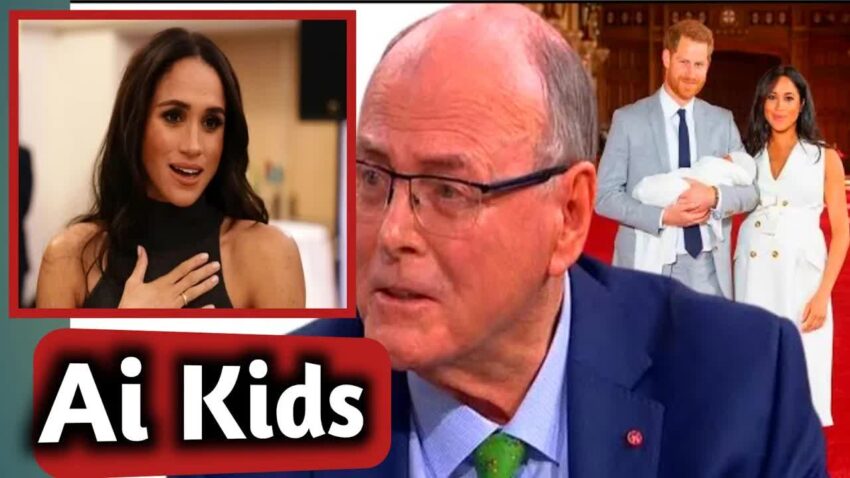The birth of Prince Archie, the first child of Meghan Markle and Prince Harry, was anything but conventional.
On May 6, 2019, the world awaited news of the royal baby, but the Sussexes chose to break with tradition, leading to a media frenzy that some deemed disastrous.
Instead of the customary photo op outside Portland Hospital, where royal babies are typically introduced to the public, the couple opted for a more private reveal at Windsor Castle two days later.
Arthur Edwards, a seasoned royal photographer, didn’t hold back in his critique of the Sussexes’ approach.
He accused them of orchestrating Archie’s birth announcement to fit their narrative rather than following the traditional postpartum rituals that have been in place since the 1980s.
In a candid conversation on The Sun’s Royal Exclusive, Edwards expressed his disdain for what he described as a stage-managed event, designed solely to cater to the couple’s preferences.
Edwards humorously recounted how the media was misled about the timeline of Markle’s labor.
“We were led to believe she went into labor at 2 o’clock,” he remarked, despite the fact that Archie was born hours earlier.
The confusion didn’t end there; the initial reports suggested a home birth at Frogmore Cottage, but in reality, doctors recommended a hospital delivery when Markle was a week overdue.
As the dust settled, social media buzzed with speculation.
Some users on Twitter even questioned the authenticity of both Archie and his younger sister, Lilibet, suggesting that other mothers might be lending their children for photographs.
This claim gained traction, especially after a video titled “Megan Markle’s Fake Baby Exposed” on the Daily Empress YouTube channel racked up over 77,000 views.
The eerie content insinuated that Archie resembled a doll, fueling conspiracy theories.
During the photo opportunity, many viewers noted that baby Archie appeared unusually still in Prince Harry’s arms.
This observation led to further doubts, with some fans suggesting that Markle had positioned herself to obscure the baby’s face, raising suspicions that Harry might have been holding a lifeless toy instead of a real infant.
The stark contrast between the Sussexes’ introduction of Archie and the Wales family’s more animated presentations of their newborns did not go unnoticed.
Observers highlighted the differences in demeanor, noting that while the Wales infants were lively and their parents appeared at ease, Archie seemed inactive, and Markle exhibited signs of discomfort.
Critics pointed out that newborns are typically active and vocal, further questioning the authenticity of the Sussexes’ debut.
Adding fuel to the fire, some royal watchers scrutinized Harry’s remarks during an interview, suggesting that they hinted at Archie’s true age.
When asked about the baby’s appearance, Harry’s comment that babies change quickly led some to speculate that Archie might have been older than initially claimed at the time of his introduction.
The combination of these factors created a perfect storm of controversy surrounding Archie’s arrival.
The Sussexes’ decision to break from tradition and the subsequent media scrutiny transformed what should have been a joyous occasion into a spectacle filled with doubt and speculation.
As the narrative surrounding Archie continues to unfold, it raises questions about the balance between royal duty and personal choice.
The Sussexes’ desire for privacy clashes with the public’s insatiable appetite for royal news, leaving many to wonder where the line should be drawn.
